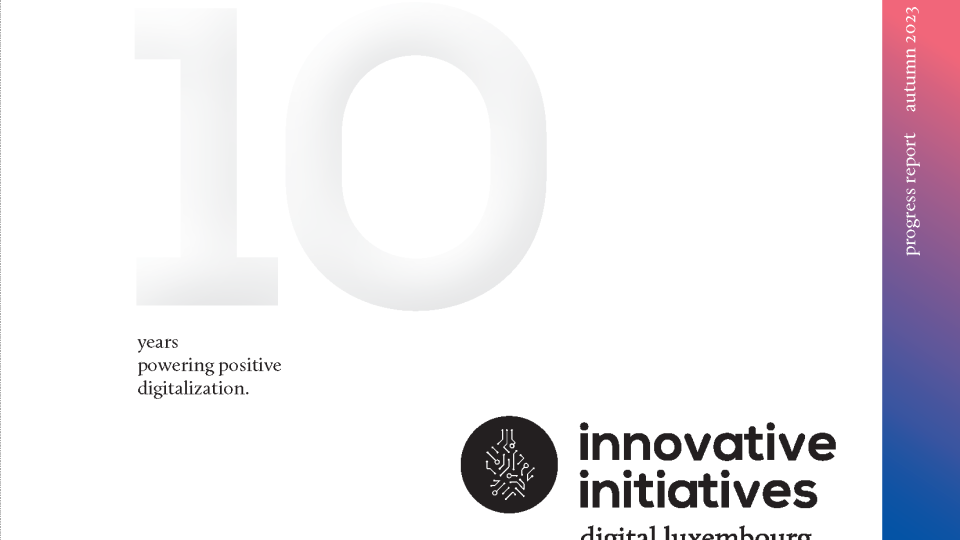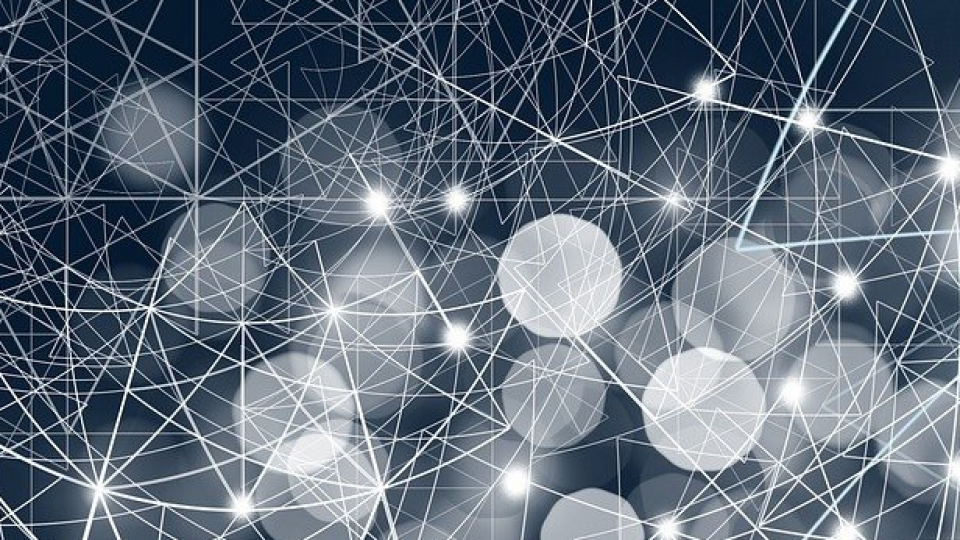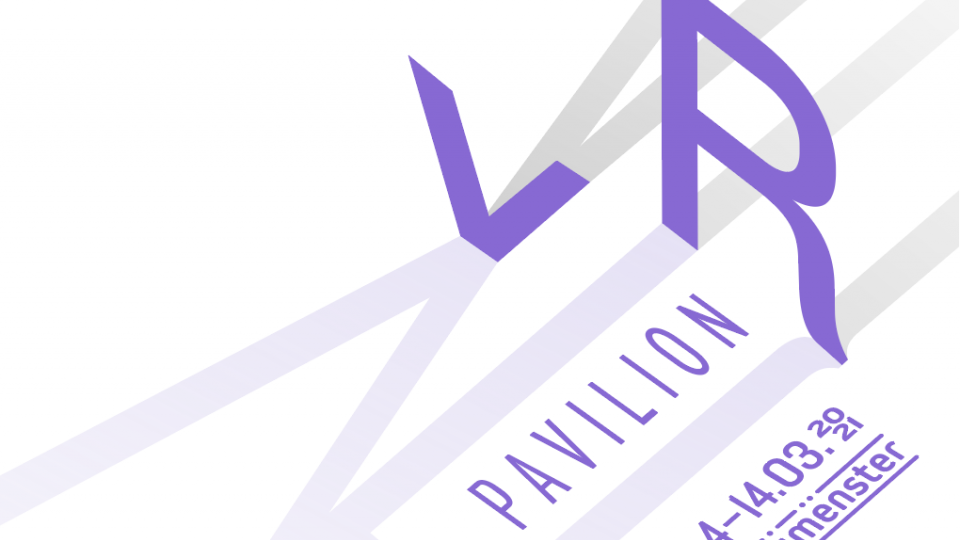How AI lets us switch from reactive to offensive in the fight against disease outbreaks
The coronavirus, officially renamed COVID-19, recently hit 2,000 fatalities worldwide as governments work to get ahead of its spread. For now, reactiveness is our main weapon for fighting off highly contagious viruses, and that’s part of the problem. Containing cases after symptoms arise means that we do more chasing than anticipating. But what if AI could change all of that?
What if, instead of putting out an ever-growing number of fires as they crop up, authorities could build a firebreak? Human speed struggles to match the pace of viruses, but for AI, speed is not an issue.
In fact, BlueDot’s AI technology warned its users of the virus about a week before major public health institutions broke the news. The technology company provides personalized infectious disease surveillance to anticipate future risks. Its early warning system draws from 100 datasets, such as air travel, to provide real-time disease tracking and movement prediction.
The US Center for Disease Control estimates that COVID-19 could have an incubation time of 2 to 14 days before symptoms emerge – amounting to potentially two weeks of social interactions before the infected person reports symptoms, goes to the doctor, gets diagnosed and is placed in quarantine. That’s why predicting its spread is critical.
To be effective at beating communicable diseases, AI needs data…big data. The European Commission’s Joint Research Center (JRC) launched the Europe Media Monitor (EMM), which gathers 300,000 news articles a day in 70 languages. It became the basis for MEDISYS, a medical information system that monitors media related to public health, analyzes news and automatically warns users of health concerns.
China is leaning on its AI infrastructure too in its fight against COVID-19, using facial recognition to monitor individuals and new technology to supposedly measure fevers.
On the global level, Epidemic Intelligence from Open Sources (EIOS), launched by the World Health Organization, JRC and European Commission, facilitates a public health intelligence community and early detection system.
Gathering and aggregating data remains the priority for organizations that want to use AI to effectively tackle disease in the future. For now, big data surrounding disease is still young, making it harder for AI to track patterns in, for example, social media posts, since it has fewer comparisons on which to rely.
Imagine if AI could predict an outbreak based on online activity alone before a significant number of people even reported symptoms to their doctors. Then, it would accurately predict the virus’s movement pattern, giving governments the chance be proactive, rather than reactive. Finally, thanks to AI, humans would be on the offensive in the battle against infectious diseases.







